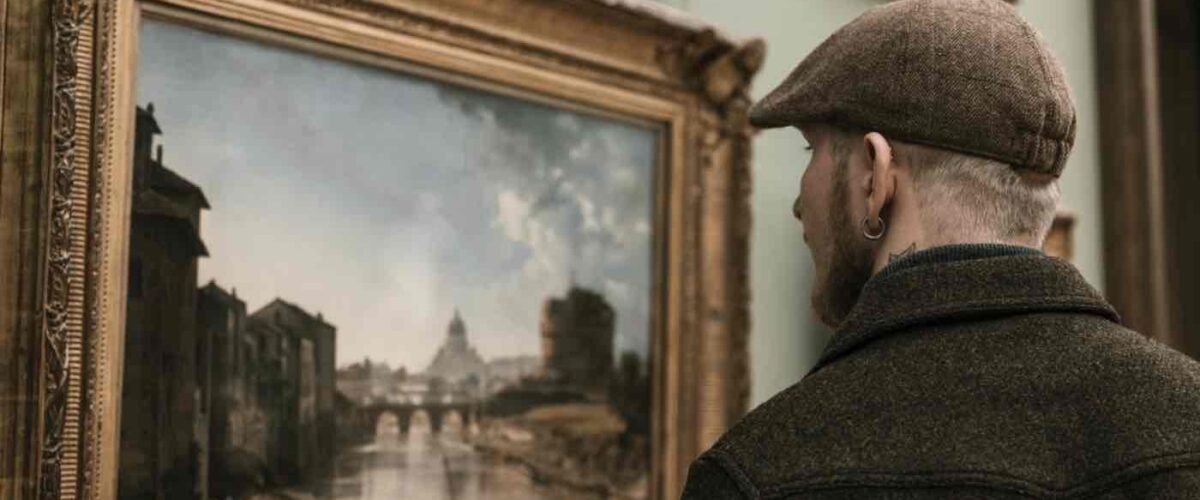Artists often leave messages in their paintings, make references to other works and put personal experiences into them. We talk about 12 paintings in which a secret meaning is laid. We assure you, after this material you will look at them completely differently.
The Creation of Adam, Michelangelo
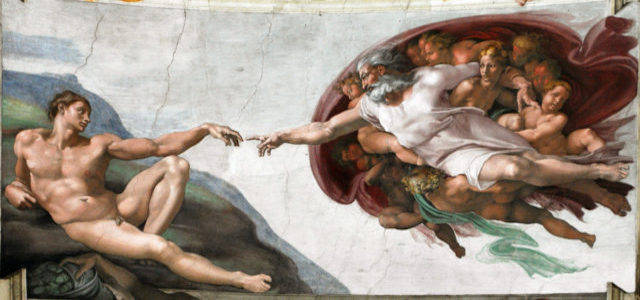
The Creation of Adam, 1512
Artists often embed secret meanings and messages in their paintings, giving their works an added layer of depth and intrigue. One famous example is Michelangelo’s “The Creation of Adam,” where paintings historians have noticed the shape of a human brain in the background. Hinting at the artist’s fascination with anatomy and his rumored practice of dissecting corpses.
Madonna with Saint Giovannino by Domenico Ghirlandaio
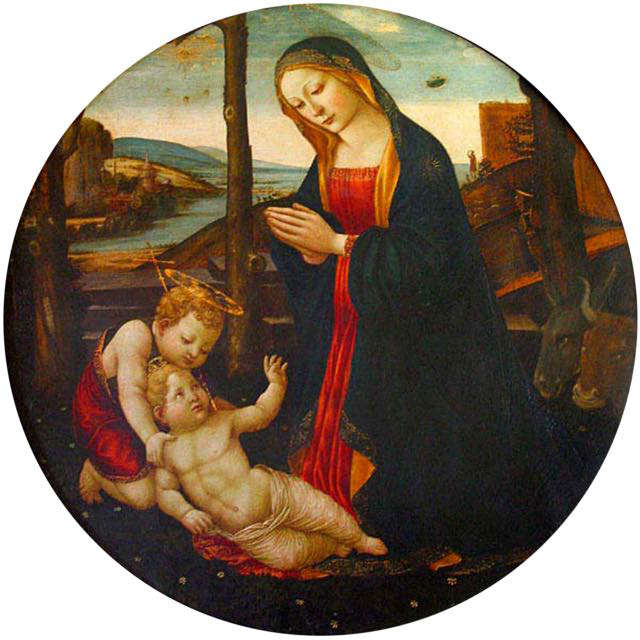
Madonna with Saint Giovannino, 1449-1494
In Domenico Ghirlandaio’s “Madonna with Saint Giovannino,” painted in the 15th century. Experts have spotted what appears to be an unidentified flying object (UFO) in the form of a disk, with intricate details. This unexpected element in a religious painting has sparked speculation and debate among art enthusiasts. Leaving them to wonder about the artist’s intention and the possible symbolism behind it.
Flemish Proverbs, Pieter Brueghel the Elder
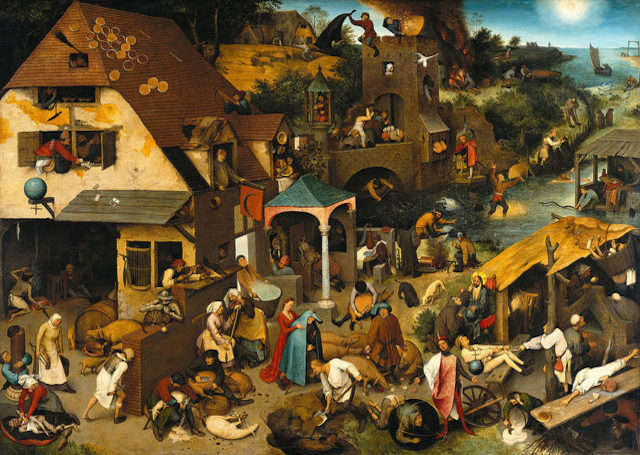
Flemish Proverbs, 1559
Pieter Brueghel the Elder’s “Flemish Proverbs” is a complex painting that depicts 112 Dutch folk proverbs of the time. Each figure and scene in the painting represents a different proverb. Inviting viewers to decipher the hidden meanings and reflect on the moral messages conveyed. This painting showcases the artist’s wit and creativity in conveying multiple messages through a single artwork.
Supper at Emmaus, Caravaggio

Supper at Emmaus, 1601
Caravaggio’s “Supper at Emmaus” portrays the biblical scene of Jesus sharing a meal with his disciples after his resurrection. However, it is the table in the painting that holds secrets. Art historians have discovered that the shadow cast by a fruit basket on the table resembles the shape of a fish, which symbolizes the vow of silence in Christianity. This subtle detail adds a deeper layer of meaning to the painting and reflects Caravaggio’s attention to symbolism.
Portrait of the Arnolfini, Jan van Eyck
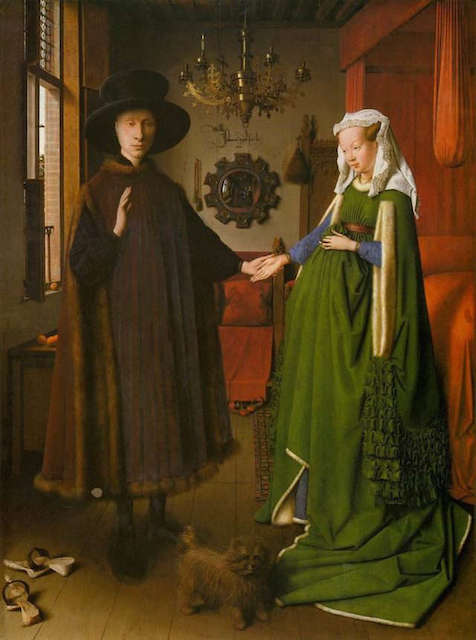
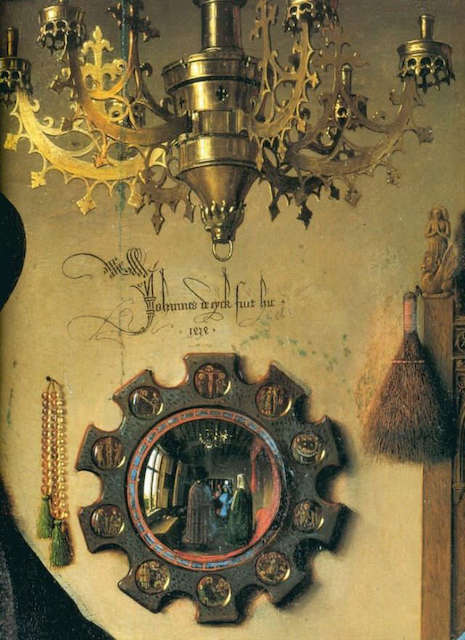
Portrait of the Arnolfini, 1434
Jan van Eyck’s “Portrait of the Arnolfinis” – a famous painting that is believed to depict a merchant and his wife. However, it is the convex mirror in the background that has intrigued art historians for centuries. In the reflection of the mirror, van Eyck appears to have painted a self-portrait of himself holding a palette. With the inscription “Jan van Eyck was here” written above it. This hidden self-reference adds a playful and personal element to the painting. Inviting viewers to look closely and discover the artist’s presence within the artwork.
Bedroom in Arles by Vincent van Gogh
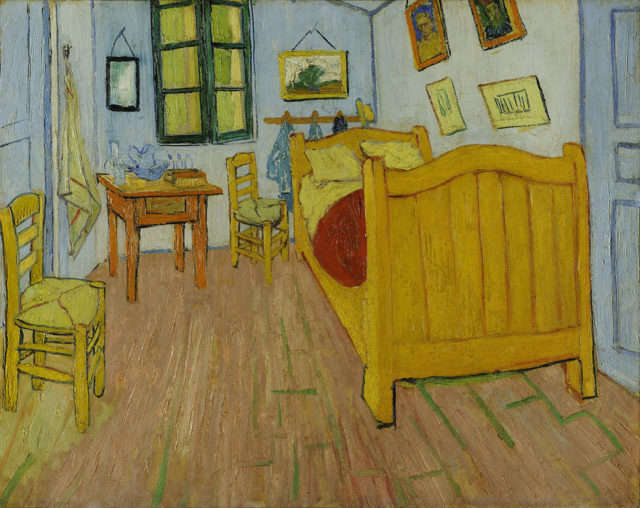
Bedroom in Arles,1888
In May 1888, the artist moved to Arles (a city in the south of France), where he acquired a workshop and continued to create. So, by the fall, he finally settles down and decides to paint his bedroom. The painting – obtained mainly in yellow tones, and this is not accidental. Many experts explain this by the fact that Van Gogh took an epilepsy medication. Which greatly changed the perception of color (everything became green-yellow).
Portrait of Adele Bloch-Bauer, Gustav Klimt
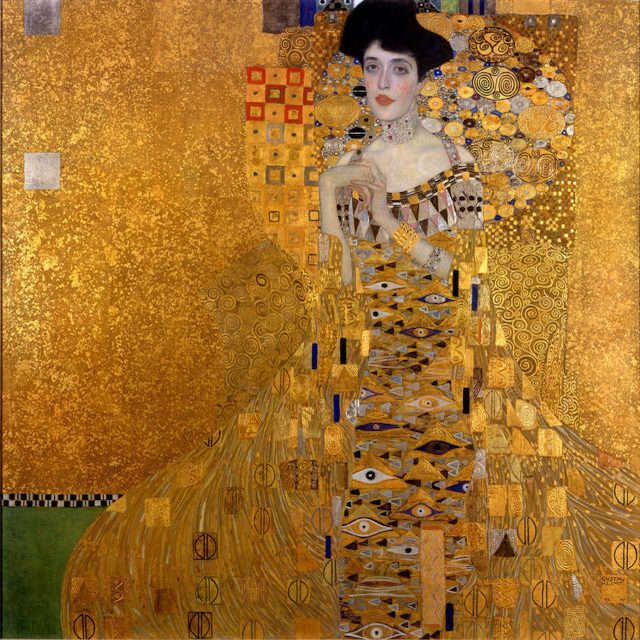
Portrait of Adele Bloch-Bauer, 1941
Adele Bloch-Bauer was the wife of the wealthy sugar magnate Ferdinand Bloch-Bauer and mistress of Gustav Klimt. When the husband found out about their romance, he decided to take revenge, and he did it in a very unusual way. He commissioned a portrait of his wife from the artist and had him make hundreds of sketches. The work lasted several years, and the feelings of lovers quickly cooled down. By the way, Adele never found out that her husband was aware of the affair.
The Blue Room, Pablo Picasso
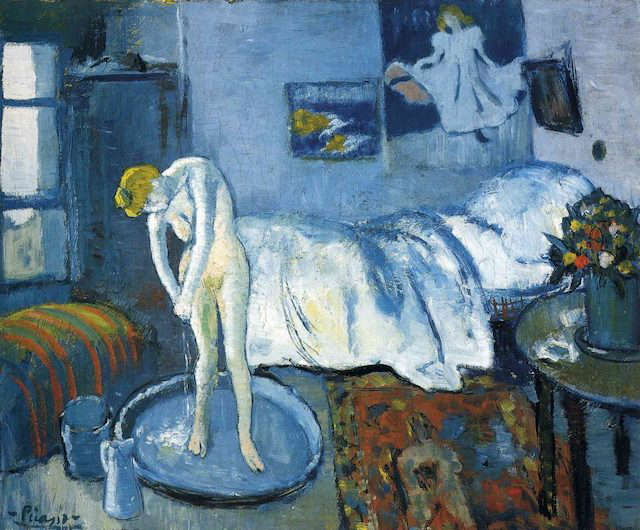
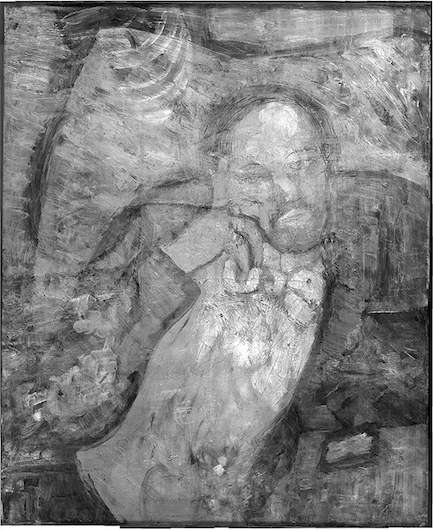
The Blue Room, 1901
Few people know that in fact, behind the “Blue Room” is a portrait of a man. This fact became known in 2008, when the painting submitted for examination. There is no mysticism in this, it’s just that Picasso didn’t always have clean canvases on which to draw. So he used unnecessary pictures.
Café Terrace at Night, Vincent van Gogh
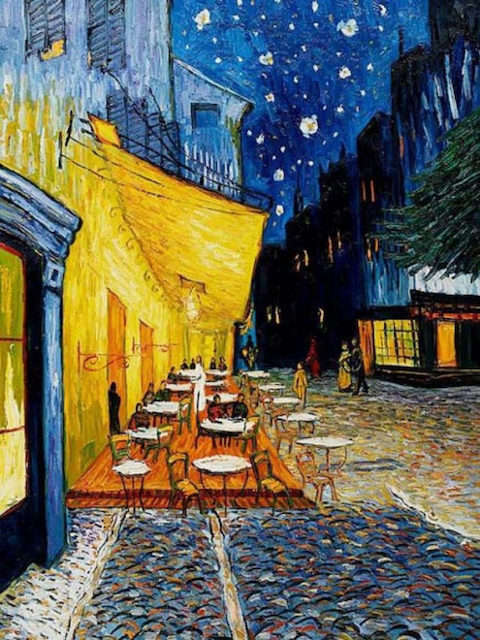
Café Terrace at Night, 1888
Many researchers believe that this painting is a reference to the “Last Supper” by Leonardo da Vinci. The fact is that in the very center of the painting there is a waiter with long hair and in all white (which resembles the clothes of Jesus Christ). There are 12 people on the terrace, one of them is standing at the door, like Judas. Who, as you know, left dinner, and a cross looms behind the waiter (from the window frame).
Appearance of Christ to the people, Alexander Ivanov
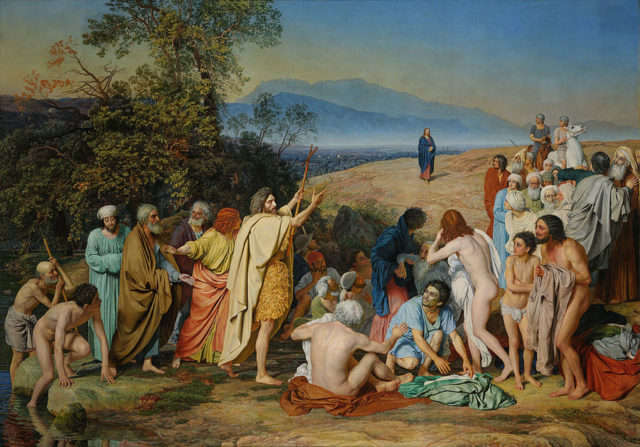
Appearance of Christ to the people, 1857
Alexander Ivanov’s “Appearance of Christ to the People” is a monumental painting that took the artist over 20 years to complete. Among the many figures depicted in the painting, one particular man in a brown chiton in the background stands out. It is believed that Ivanov used Nikolai Gogol, a famous Russian writer and Ivanov’s close acquaintance, as a model for this figure. Gogol knowning for his distinctive appearance and Ivanov immortalized his likeness in the painting, creating a subtle reference to their friendship and collaboration.
Where did we come from? Who are we? Where are we going?, Paul Gauguin
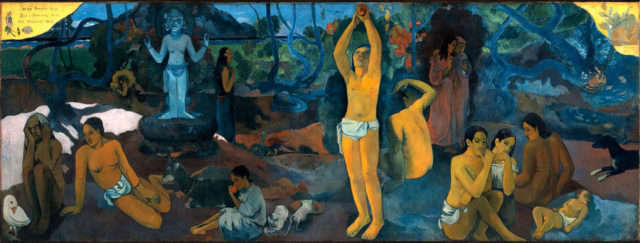
Where did we come from? Who are we? Where are we going?, 1897
Paul Gauguin’s masterpiece, “Where Did We Come From? Who Are We? Where Are We Going?” is known for its intricate symbolism. The painting is meant to be read from right to left, representing the cycle of life from birth to death. The figures and objects in the painting carefully arranged to convey Gauguin’s philosophical reflections on the human condition, spirituality, and the passage of time. The painting is a visual representation of Gauguin’s deep contemplation on the mysteries of existence, making it a thought-provoking piece that continues to fascinate art enthusiasts.
The Last Supper by Leonardo da Vinci
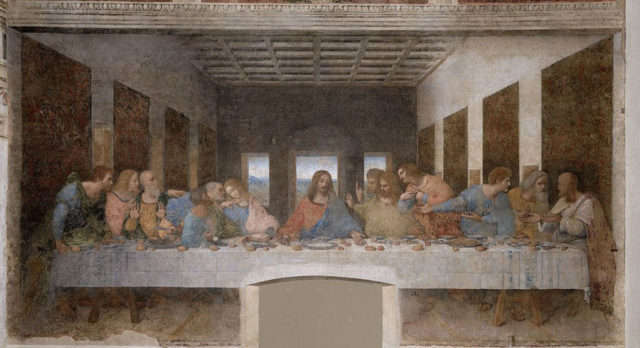
The Last Supper, 1495-1498
Leonardo da Vinci’s “The Last Supper” is one of the most famous paintings in the world, known for its technical brilliance and emotional depth. However, it is not only the portrayal of the biblical scene that makes this painting remarkable, but also the story behind the portrayal of Judas Iscariot, one of the disciples of Jesus. Da Vinci searched for three years to find a suitable model to depict Judas, known for his betrayal of Jesus. One day, da Vinci came across a drunk man on the street and invited him to pose for Judas.
After completing the painting, the man revealed that he had also posed for da Vinci before, as the model for Jesus. This unexpected twist adds an intriguing layer of complexity to the painting, as da Vinci used the same model for both Jesus and Judas, perhaps hinting at the duality of human nature and the complexity of the betrayal story.
Conclusion
In conclusion, these paintings are just a few examples of how artists often incorporate secret meanings and messages in their works, adding layers of depth and intrigue. These hidden details invite viewers to look closely, analyze the symbolism, and gain a deeper appreciation for the artistic genius behind these paintings. Art truly holds endless secrets waiting to be discovered by those with a keen eye and an appreciation for the nuances of artistic expression.
